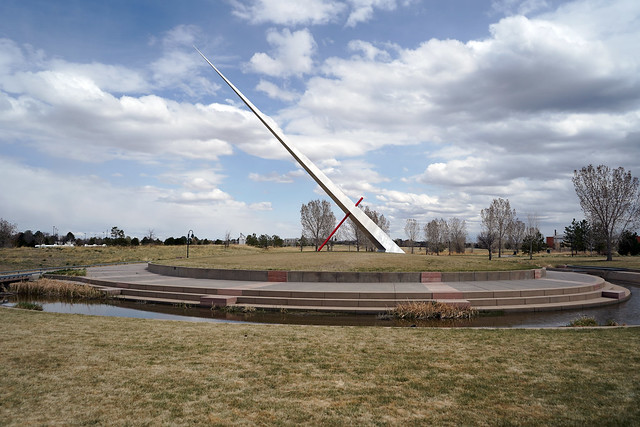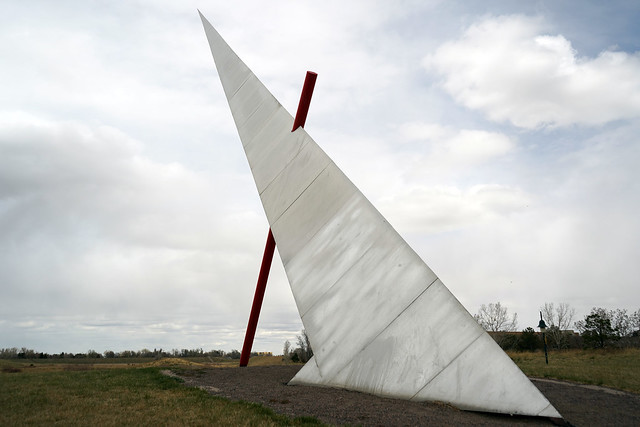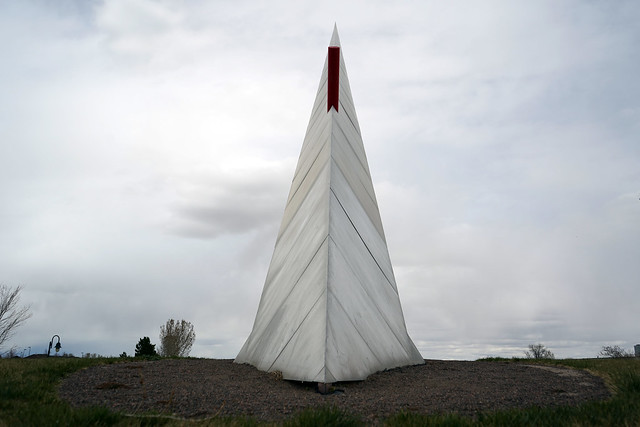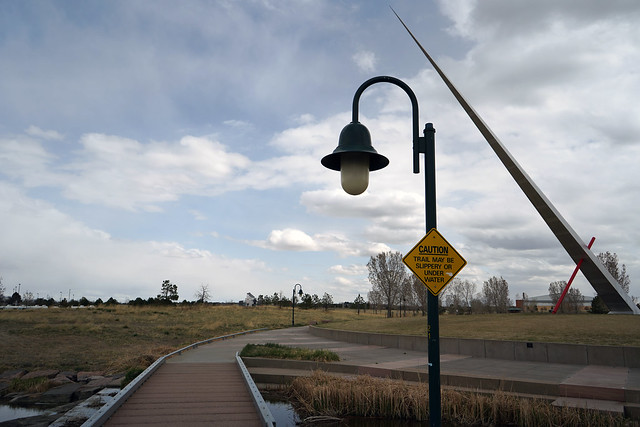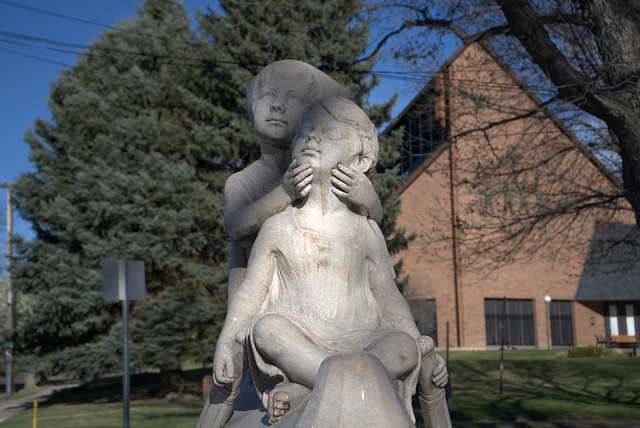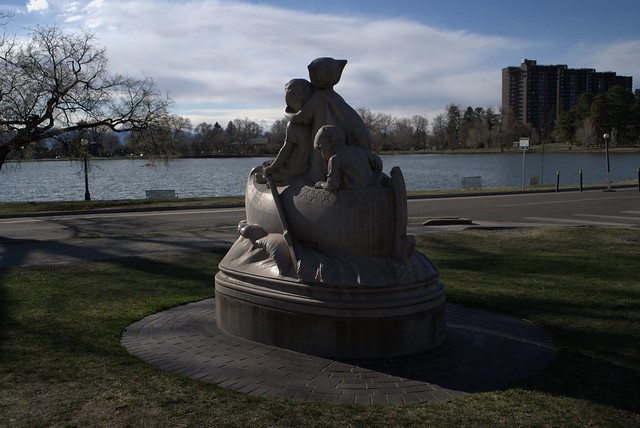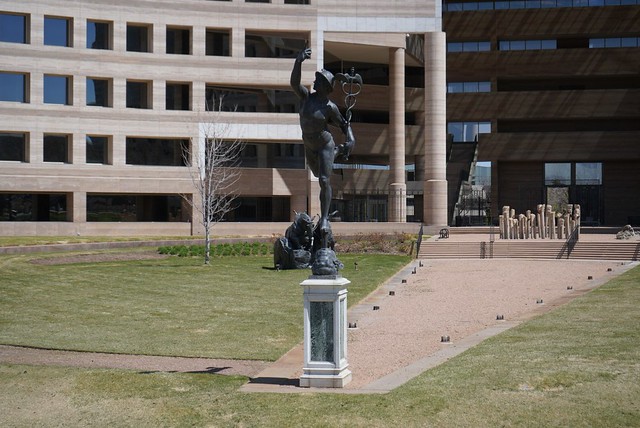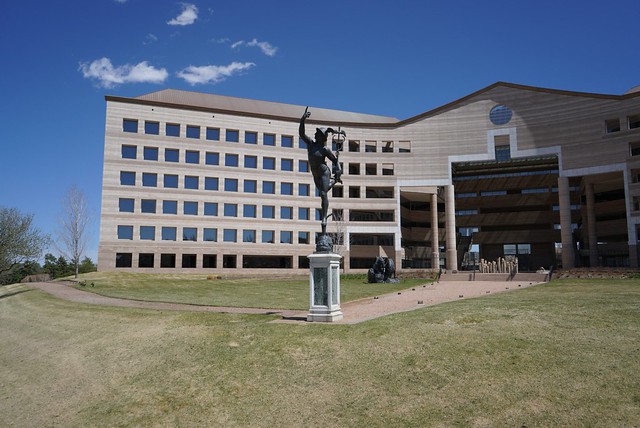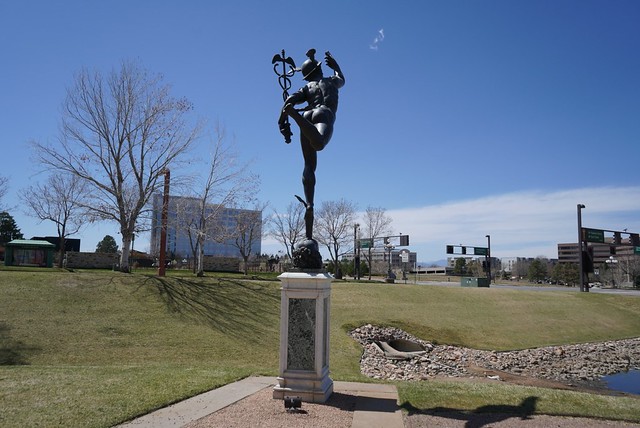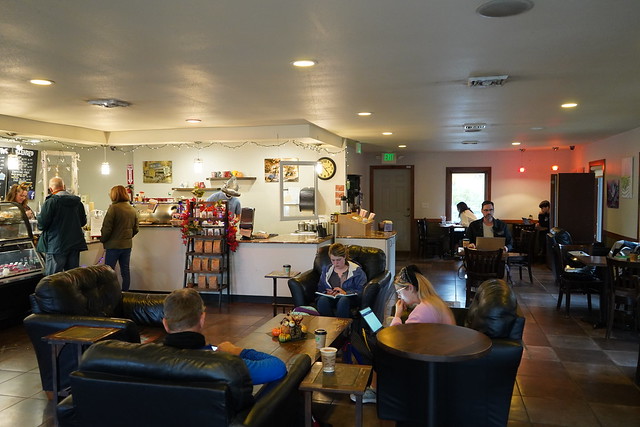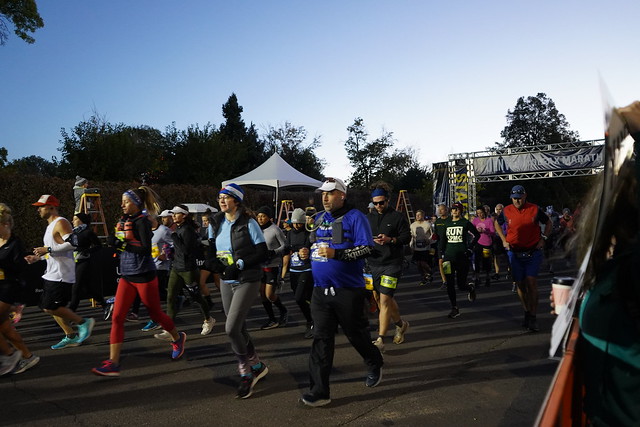A Historic Tribute to Childhood
Nestled near the edge of Ferril Lake in Denver’s City Park, the Children’s Fountain is a graceful and contemplative sculpture that captures the innocence and curiosity of youth. Designed by Max Blondat, a French sculptor from Paris, the piece was originally commissioned in 1912 by Denver Mayor Robert Speer. The design was based on a sculpture created in 1905 and displayed in Düsseldorf, Germany. The fountain was installed in Denver in 1913 and was initially known as the “Dusseldorf Fountain.”
Carved from marble, the sculpture depicts three children peering over a rocky ledge, curiously observing three frogs below. Originally, the entire piece, including the frogs, was sculpted from marble. In 1918, the fountain was relocated to its current spot beside Ferril Lake. The following year, in 1919, it officially received the name Children’s Fountain. Over time, the frogs were recast in bronze to preserve their whimsical charm. In 1948, local sculptor Gladis Coldwell-Fisher restored the piece, adding her own personal touch by using molds taken from her children. A small moat was added around the fountain to frame the sculpture and protect it from wear. Max Blondat, the French sculptor, was known for his realistic and sentimental style, often capturing moments of quiet observation and wonder. In the Children’s Fountain, he portrays the children with expressions of gentle curiosity, their gaze fixed on the frogs below. This interaction between the children and the frogs could symbolize the simple joys and discoveries of childhood, a moment of innocent fascination with the natural world.
The fountain underwent another significant restoration in 1995, funded by the Colorado State Historical Society and the citizens of Denver. Though it no longer functions as a working fountain, the sculpture continues to invite quiet reflection. Park visitors can sit on benches placed both in front of the sculpture and overlooking the lake behind it—offering peaceful views of this gentle and expressive work of public art.
Getting There & Visitor Info
The best access point for visiting the Children’s Fountain is via the parking circle near the southwest corner of the Denver Museum of Nature & Science. Drivers should enter the park from East Montview Boulevard at Colorado Boulevard, then follow the internal road west to the roundabout. From there, it’s a short walk along Ferril Lake Loop to reach the fountain. The setting is serene, with shady trees, tranquil lake views, and benches nearby—making it a perfect stop for a moment of rest or reflection.
A Scenic Gateway to Denver’s Largest Urban Lake
The pier at Sloan’s Lake Park provides a serene vantage point over Denver’s largest urban lake, offering panoramic views of the Rocky Mountains and the city skyline. This modest wooden pier extends into the lake, serving as both a visual anchor and a quiet retreat for parkgoers. Situated near the intersection of West 17th Avenue and Raleigh Street, on the revitalized southeast shore, the pier functions as a central point for gathering, reflection, and recreation. Visitors fish, photograph sunsets, or simply pause during their walks along the 2.6 mile loop trail.
Though Sloan’s Lake itself dates back to the mid-1800s—reportedly formed when Thomas Sloan struck an underground aquifer while digging a well—the pier is a much more recent enhancement to the park’s amenities. It complements nearby upgrades including picnic areas, restrooms, playgrounds, and native plant landscaping introduced in recent years as part of city-led improvement efforts.
A View for Every Season
From the pier, the lake’s calm surface mirrors cottonwood trees in fall, snow-covered peaks in winter, and the electric orange hues of Colorado’s summer sunsets. On weekends, it’s common to see paddleboarders drifting past, flocks of Canada geese crossing low over the water, and neighbors gathering for early morning yoga or evening strolls.
For photographers and nature lovers, the pier is a favorite spot for birdwatching or catching the moment when Denver’s ever-changing skies reflect in the rippling lake. The unobstructed line of sight from the pier makes it a year-round destination for landscape views and quiet contemplation.
Accessibility and Park Amenities
The pier is accessible via paved paths, making it friendly to wheelchairs and strollers. Parking is available nearby along West 17th Avenue or in designated lots within the park. Visitors will also find rentable electric scooters and bike racks near the entrance for alternative transportation. The surrounding park features open lawns for picnicking and seasonal events, making the pier a perfect waypoint in a full day’s outing at Sloan’s Lake.
Expo Park: A Hidden Gem in Aurora, Colorado
Expo Park in Aurora, CO is a popular 57-acre park that offers a wide variety of recreational activities for visitors of all ages. The park features several sports fields and courts, a playground, picnic areas, and a lake where visitors can go fishing or paddle boating.
Located at 10955 E Exposition Ave, Expo Park is open to the public from dawn to dusk, and admission is free. The park is a great place for people to enjoy outdoor activities and appreciate the natural beauty of Colorado.
One of the highlights of Expo Park is its 18-hole disc golf course. Disc golf is a fun and challenging activity that combines elements of frisbee and traditional golf. The course winds through the park’s natural landscape, providing players with a unique and enjoyable experience. The course is open year-round and is free to play.
In addition to disc golf, Expo Park is home to several other notable recreational facilities. Sports enthusiasts can enjoy baseball, softball, and soccer fields, as well as volleyball and basketball courts. The park also has a skate park for skateboarders and inline skaters to practice their skills.
Expo Park is also known for its public art installations, which add to the park’s cultural significance and natural beauty. The “Aurora Akimbo” sculpture by David Griggs is a popular attraction that serves as a colorful gateway to the park.
Expo Park has a rich history dating back to the early 20th century when it was used as a fairgrounds for the annual Tri-County Fair. The park has since evolved into a beloved community hub, offering a wide range of recreational opportunities throughout the year.
Overall, Expo Park in Aurora, CO is a great place to visit for anyone looking to enjoy outdoor activities, appreciate public art, and experience the natural beauty of the area.
Bishop Castle: A Unique Piece of Architecture in Colorado
Nestled in the San Isabel National Forest, approximately 2 hours south of Denver, Colorado, stands an impressive castle-like structure called the Bishop Castle. Built entirely by one man, Jim Bishop, the castle is a testament to the power of human will, creativity, and passion.
Jim Bishop began construction of Bishop Castle in 1969, after purchasing the land at the age of 15. Originally, he intended to build a small cabin on the property, but his vision quickly evolved into something much grander. With no formal training in architecture or engineering, Bishop began to experiment with stone and steel, using only his imagination and sheer determination to create a one-of-a-kind masterpiece.
Over the course of several decades, Bishop continued to add to the castle, using a variety of techniques and materials. Today, the castle stands at over 160 feet tall and includes features such as a grand ballroom, stained glass windows, and a steel dragon that breathes fire.
Bishop’s style can be described as a mix of Gothic, medieval, and whimsical. The castle’s exterior is made of stone and features intricate detailing such as arches, turrets, and flying buttresses. The interior is just as impressive, with a winding staircase leading up to the tower, stained glass windows casting colorful shadows across the stone walls, and various artifacts scattered throughout the rooms.
One of the most impressive features of Bishop Castle is the grand ballroom, which can hold up to 500 people. The room is adorned with a massive chandelier, which Bishop made himself using over 3,000 pieces of welded steel. Visitors can also explore the various rooms and hallways of the castle, each with its unique charm and personality.
Aside from the castle itself, visitors can also enjoy the surrounding natural beauty of the San Isabel National Forest. The area offers opportunities for hiking, camping, fishing, and scenic drives. For those looking for more amenities, nearby towns such as Pueblo and Westcliffe offer a variety of restaurants, hotels, and other attractions.
Jim Bishop’s childhood was spent in Pueblo, Colorado, where he developed a love for the outdoors and a fascination with construction. At the age of 15, he purchased an acre of land in the San Isabel National Forest with money he earned from odd jobs, and began building a cabin. However, his vision quickly grew, and he soon turned his attention to building a castle. With no formal training in architecture or engineering, Bishop relied on trial and error, as well as his own creative ingenuity, to bring his dream to life. Despite facing many challenges over the years, including battles with local authorities and limited funding, Bishop persevered, and today, Bishop Castle stands as a remarkable testament to his determination and passion.
Visiting Bishop Castle is a unique experience, unlike anything else in the world. It’s a testament to one man’s creativity and determination, and a tribute to the power of human imagination. Whether you’re an architecture enthusiast, history buff, or simply looking for an unforgettable adventure, Bishop Castle is a must-see destination in Colorado.
The Lowry Sundial at Great Lawn Park: A Timeless Piece of Art
The Lowry Sundial at Great Lawn Park is a striking art installation that features a unique, functional sundial in the center of a circular plaza.
The sundial was designed and fabricated by Colorado-based artist Jesse Clark in 2004 (Managing Partner at Stream Landscape). Jesse has been recognized by The American Society of Landscape Architects (ASLA,) among many other reputable groups. Clark worked with a team of engineers and fabricators to create the installation, which was commissioned by the Lowry Redevelopment Authority. The sundial’s design was inspired by the nearby Lowry Air Force Base, which served as a major training center for pilots during World War II.
The sundial is positioned to align with the North Star, and visitors can use the installation to tell time based on the position of the sun. The plaza surrounding the sundial is paved with bricks that are arranged in a spiral pattern, creating a visual representation of the passage of time.
The Lowry Sundial at Great Lawn Park is a unique and beautiful work of art that serves as both a functional timepiece and a symbol of the rich history of the surrounding area. It is a popular destination for visitors to the park, who can enjoy the beauty and precision of the sundial while learning about the area’s past.
Wynken, Blynken and Nod is a public art installation located at Washington Park within Denver, Colorado.
Originally built in 1918 by sculptor Mabel Landrum Torrey as a fountain on the western edge of Washington Park. The resulting piece, Wynken, Blynken, and Nod Fountain, was dedicated in 1919.
Blynken is the child standing behind Wynken, wearing an evening gown, with Blynken’s plump arms wrapped around Wynken’s neck. Nod can be seen as the smallest of the 3 on the rear side of the their boat. The original installation as a fountain was relocated to its current location as a statue, adjacent to the Eugene Field House.
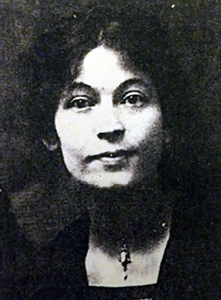
Mabel Rivers Landrum Torrey studied at Colorado State College of Education and worked as a schoolteacher in Sterling. After saving enough money, Mabel Rivers Landrum Torrey traveled to Chicago to study sculpture at the School of the Art Institute of Chicago in 1912.
This award-winning sculpture was commissioned by the mayor of Denver, Robert W. Speer, in 1918. The work that emerged continues on as part of an intriguing piece of public art and Denver’s history. The sculptural work, Wynken, Blynken, and Nod, portrays a scene from an 1889 poem, Dutch Lullaby, by writer Eugene Field, who was also a resident of Denver.
Hermes is a public art installation located within Greenwood Village, Colorado. This piece interestingly enough actually goes by the name Mercury.
We looked and looked to find answers to provide along with this piece, and Tim Vacca the Director of Programs & Communications (2022) at MOA was able to provide the wonderful insight here.
The sculpture was procured by John Madden and his wife, Marjorie Madden, when Tuscany Plaza was built in 1985. John Madden (John Madden Company) was the developer who built the building. The piece is a replica of Giambologna’s original c. 1580 which is located at the Museo Nazionale del Bargello, Florence and was acquired from Florence, Italy at the Frilli Gallery around 1984 during construction of the building. They are still selling replicas out of this gallery today in various scales.
The artwork belongs to the building, which has been sold a few times over the years. The current owner is America’s Capital Partners. Museum of Outdoor Arts (MOA) used to be located in Tuscany Plaza many years ago and has always included Mercury in its tours of outdoor art in the area, even after founder, John Madden, sold the building.
Friendly, quaint and communal is a quick description we’d give this neighborhood spot. Conveniently located near the University of Denver, the coffee shop makes it simple for students looking to get their internet and caffeine fix. You can see the menu here.
This café gives off a the sense of productive ambiance. Keith’s Coffee Bar certainly has the space to accommodate small to medium sized gatherings (up to 10 people.) So, if you’re looking to host your next book club event or meetup, this venue would be a great choice.
There are a some food items available to purchase and public Wi-Fi should readily accessible. Dedicated parking for the venue is located in the back, it is fenced. The featured above shows 3 of the baristas who work at Keith’s, from left to right: Kalvin, Ellie and Jonas-each one of them are more than happy to help you on your visit.
Denver’s very own marathon is an event which is organized every year. This event is hosted by the Colfax Marathon Partnership and HAL Sports in the heart of what we know as City Park, a geographical location hard to miss as it’s right next to the Denver Zoo. A lot of the city’s athletes are eager to participate, as this is one of the largest nationally recognized races found within the United States. So it’s no surprise if you hear familiar names from across the state and even worldwide. Check out the post race results through the official channel: Race Results – Colfax MarathonColfax Marathon (runcolfax.org).
To keep you in the loop, this event does have a post run lineup of vendors and gift givers-so if you plan on running, be sure to bring some company, some of your items can be left at bag check before the start if you decide to go it alone. We’ve seen a few of the following sponsors for the event: KPMG, Booz Allen Hamilton, Davis Graham & Strubs, World Vision, DaVita and PawsCo.
For runners there isn’t generally designated parking, but since it is in the heart of Denver, there is adequate public parking available within the area. City Park also has public parking available on both the inner and outer Northeast corner of the park lines, get there early if you hope to catch a spot this close to the starting line.\
The race itself consists of a full 26.2, a half and a relay. You can learn more about the spectator spots here: Colfax Marathon Spectator Guide. For the official breakdown of the race, visit: Denver Marathon, Half Marathon, 10 MilerColfax Marathon (runcolfax.org).
The Lone Tree Leaf Pedestrian Bridge: A Unique Landmark in Colorado
The state of Colorado is known for its picturesque natural scenery, from the towering Rocky Mountains to the sweeping plains. But nestled in the heart of the Denver metro area is a unique landmark that draws locals and tourists alike: the Lone Tree Leaf Pedestrian Bridge.
Located in the city of Lone Tree, just south of Denver, this striking pedestrian bridge spans over Lincoln Avenue, connecting the Lone Tree Arts Center and the Lone Tree Library. But what sets this bridge apart from others is its distinctive leaf-shaped design, which evokes the natural beauty of Colorado’s landscapes.
The Lone Tree Leaf Pedestrian Bridge was designed by Studio NYL, a Boulder-based structural engineering firm that specializes in innovative, sustainable design. The bridge’s leaf shape is not just for aesthetics – it also serves a practical purpose. The design provides extra shade for pedestrians during hot summer months, and it helps to channel rainwater away from the bridge deck, reducing the risk of slips and falls.
But the bridge’s unique design is not the only reason it has become a beloved landmark in the area. The Lone Tree Leaf Pedestrian Bridge is also a symbol of community and connection. It serves as a gathering place for locals, who use it as a meeting spot for events and festivals. And it has become a popular spot for photo opportunities, with visitors snapping pictures of the bridge and its stunning views of the Colorado mountains.
The Lone Tree Leaf Pedestrian Bridge has also been recognized for its innovative design and engineering. In 2014, it won a National Steel Bridge Alliance Prize for Creative Design, which recognizes outstanding achievements in engineering and architecture.
But beyond its design accolades, the Lone Tree Leaf Pedestrian Bridge is a testament to the power of collaboration and vision. It was built through a public-private partnership between the city of Lone Tree, Douglas County Libraries, and the Lone Tree Arts Center, with funding from local businesses and community members.
As Lone Tree Mayor Jackie Millet said at the bridge’s opening in 2013, “This bridge is a symbol of community, cooperation and partnership. It represents our commitment to building a vibrant community that values art, culture and quality of life.”
Today, the Lone Tree Leaf Pedestrian Bridge stands as a shining example of innovative design, community spirit, and the natural beauty of Colorado. It is a landmark that continues to inspire and delight visitors from around the world.
]]>





























